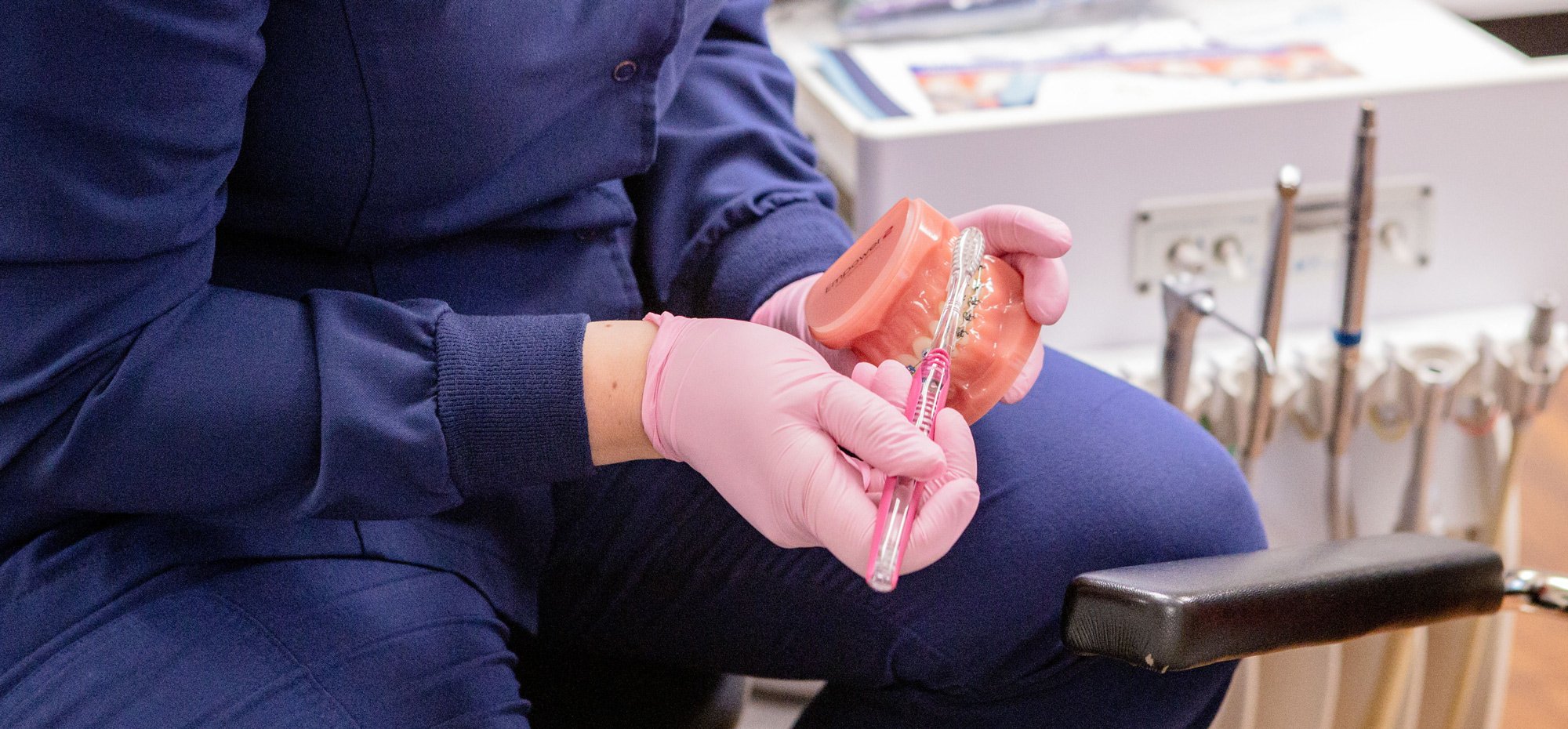Braces: Answering Your Common Questions
Embarking on a journey with braces can raise numerous questions and concerns, whether you're a parent of a child getting braces or an adult considering orthodontic treatment. This article is your go-to resource for answers to some of the most frequently asked questions about braces. From the right age for orthodontic visits to dealing with potential discomfort, duration of treatment, and dietary restrictions, we've got you covered with valuable insights to make your braces experience as smooth as possible.
At what age can a child get braces?
The American Association of Orthodontics suggests scheduling a child's first orthodontic visit around age seven or when the first signs of misalignment become visible. While some issues are easier to address at this stage, many are best treated after all permanent teeth have emerged or around ages 9 to 14. An early appointment helps assess whether treatment is needed now or in the future, and consulting your child's dentist can provide guidance in making this decision.
Do braces hurt?
Typically the first 48 hours after braces are placed can cause some discomfort. Over-the-counter pain relievers work best to relieve this. It is best to start taking these the morning the braces go on. Additionally, consider getting special wax to protect their gums and cheeks from irritation caused by braces or wires.
How long do braces stay on?
The duration of braces treatment varies, typically lasting around two years on average, but it depends on the degree of misalignment and treatment goals. Some may finish in less than a year, while others may require up to three years. Alignment may take longer for adults because their jaw bones are more dense than children's.
Are braces recommended for adults?
Braces are not just for kids and teens; they are also common among adults. In the United States, approximately 20% of orthodontic patients are 18 years or older.1 It’s never too late to address oral health concerns and make a change with modern solutions for people of all ages and varying degrees of misalignment.
Are there foods I can’t eat with braces?
Throughout your journey with braces, it's essential to steer clear of foods that are hard or sticky. These include items like nuts, biting directly into crunchy produce, and candies such as caramel. Certain foods can damage your braces and impede the orthodontic process, so it's best to avoid them altogether for the best results.
Get All Your Questions Answered
At Meyer Orthodontics, we understand that making decisions about braces and orthodontic care can be a significant step in your journey toward a healthier, more confident smile. Our team is here to support you every step of the way, providing expert guidance, personalized treatment plans, and answers to all your questions. Learn what to expect when you come in for an initial exam.



